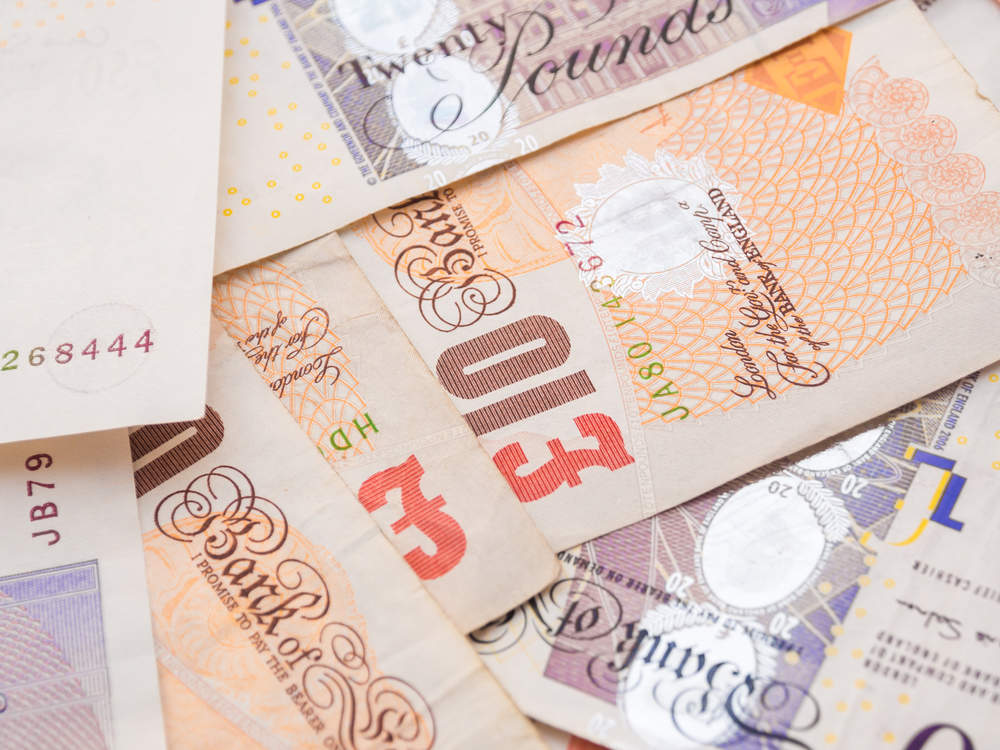
The UK has launched its new polymer £10 note into circulation. While an exciting development, it’s unlikely to delay the inevitable downfall of cash. Patrick Brusnahan asks experts for their thoughts on the new addition to the field
With the face of Jane Austen printed on it, the new £10 note is the second to be introduced in polymer in the UK, after the fiver released in September 2016.
It comes with a few handy functions, such as raised dots for the blind and partially sighted, a see-through window featuring the Queen’s portrait, and a hologram which contains the word “Ten” and changes to “Pounds” when the note is tilted.
However, this is unlikely to stave off the encroaching alternative payments in the market. Unlike contactless, which gave cards in the UK a tremendous boost, this new note feels rather lightweight.
Sophie Guibaud, vice president of European expansion at Fidor Bank, said: Despite the launch of the new £10 note, the simple fact is that cash has had its day and we’re now fast becoming a cashless society.
“There are simple reasons why we are moving to a cashless society, with the biggest being that it is inconvenient for consumers due to bulky wallets filled with coins, not to mention how easily it can be stolen.
How well do you really know your competitors?
Access the most comprehensive Company Profiles on the market, powered by GlobalData. Save hours of research. Gain competitive edge.

Thank you!
Your download email will arrive shortly
Not ready to buy yet? Download a free sample
We are confident about the unique quality of our Company Profiles. However, we want you to make the most beneficial decision for your business, so we offer a free sample that you can download by submitting the below form
By GlobalData“The move to a cashless world will have huge benefits for consumers. By using cards, every digital transaction is tracked, meaning people have a much better sight of exactly what they’re spending, which will help them to set and stick to budgets.”
Simon Black, CEO of e-payment firm PPRO Group, said: “The £10 paper banknote is the oldest Bank of England banknote currently in circulation, and is in need of being updated to take advantage of security features present in modern bank notes. The current £10 note is vulnerable to sophisticated counterfeiters, but as the UK becomes ever more cashless, the need for a revamped £10 note is certainly questionable.
“The cost of introducing a new banknote is incredibly high. The new £5 note, for example, cost the Bank of England £70million to develop and each note costs around 7p each to print, a cost which could be avoided by encouraging a societal shift towards cashless payments.
“The current, or old, £10 note has been in our pockets for decades, but I predict the share of contactless payments will more than triple in the next five years to almost eradicate cash. In the digital age, cashless payment methods are king.”
While it may be too little too late for some, others suggest that it is nevertheless a necessary move.
Matt Phillips, VP Sales & Systems UK and Ireland, at American financial self-service, security and services corporation Diebold-Nixdorf, said: “The introduction of the £10 polymer banknote is the biggest shake up to UK currency since decimalisation almost half a century ago. Unlike the evolution of payments, and the way we trade with each other, this widespread change to traditional currency will instigate a huge logistical operation in the banking sector to replace the paper form of the £10 note.
“But it’s not without reason and nor is it just a cosmetic ‘nice to have’ upgrade to our currency – polymer notes will help keep the future of our notes secure as cash maintains its value as a payment option with the general public.
“Although in a very small minority, counterfeit notes continue to remain in circulation and cause the industry a headache. New polymer notes will help solve this problem with the notes being much harder to copy than their traditional paper counterparts. Investments have been made in software protection, and the robust security that we have surrounding online banking platforms, and it’s vital that we also invest in physical currency and the protection of it.
“While the material change we saw last year for the £5 note, and now with the £10 note, may appear to be less complex than developing code and algorithms to protect the vast online banking networks that we’re all now used to, the sheer scale of this change in traditional currency should not be underestimated.”







